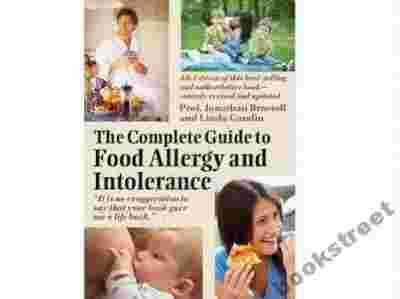|
First published in 1989, this book has remained the
widely acknowledged `gold standard' in the field of food
allergy and intolerance. This new 4th edition published
in 2008 - the first new edition in 10 years - is
completely rewritten and contains an abundance of new
material based on recent research. It supplies valuable
information that cannot be found on the internet, or can
only be found by reading dozens of scientific papers
that are difficult for the lay person to make sense of.
This book gives a comprehensive, thorough, unbiased
and sensible account of food intolerance that can guide
you through all the controversies. It is written in
language that anyone can understand, and is carefully
designed to help readers follow the various different
diagnostic diets. With this book you can work out if you
really have food intolerance, and what foods you should
be avoiding in order to alleviate your symptoms. At the
same time, the book contains sufficient detail and
analysis of the evidence to make it useful to doctors,
dietitians, allergy nurses, alternative therapists and
others who see patients with food sensitivities.
You
will find detailed, in-depth coverage of mainstream
scientific medicine, of new medical approaches to
treatment, and of alternative/complementary medicine.
The 4th edition discusses all the available evidence
about the many tests and treatments now being sold
direct to the public, so you can make up your own mind
about whether or not they are useful - information which
could save you a great deal of money. The book also
describes dozens of different self-help techiques and
drug-free treatments that won't cost you anything.
The Complete Guide to Food Allergy and Intolerance
tackles head-on the many myths about food intolerance
you'll find on the internet. Unlike much of the `free'
information available, the information in this book is
accurate, is not biased by any commercial pressures, and
is clear and complete. Unlike the information on
official medical websites, it tells you about all the
valuable research that exists, not just the narrow
orthodox view. It covers differences in scientific
opinion, and new treatments that are known to work but
are not taught in medical schools. Where there are
controversies, the authors explain what the evidence
shows, put the evidence in context, and give you their
considered opinion. Best of all, the book is jargon-free
and a pleasure to read.
|
|

